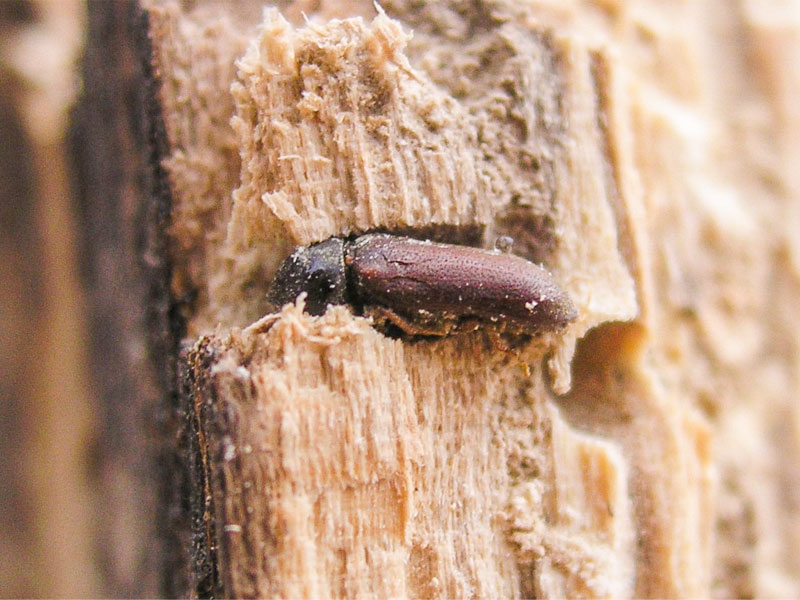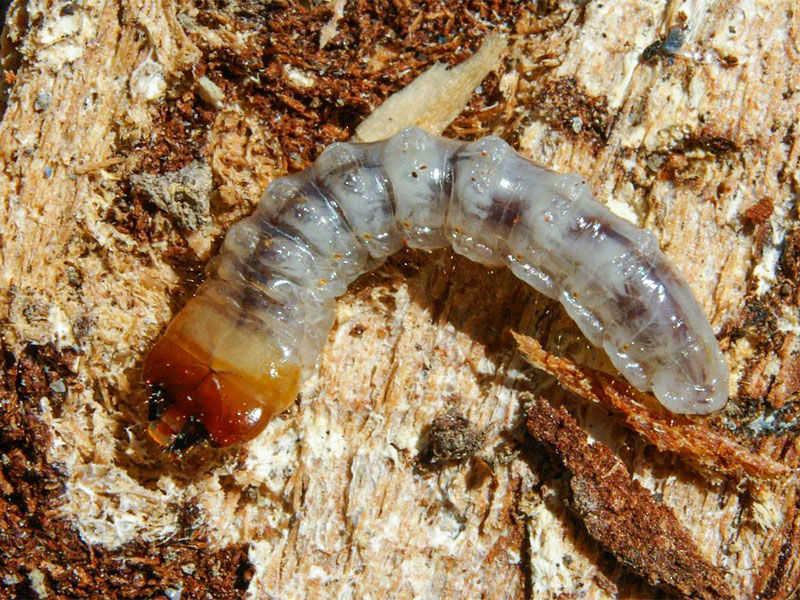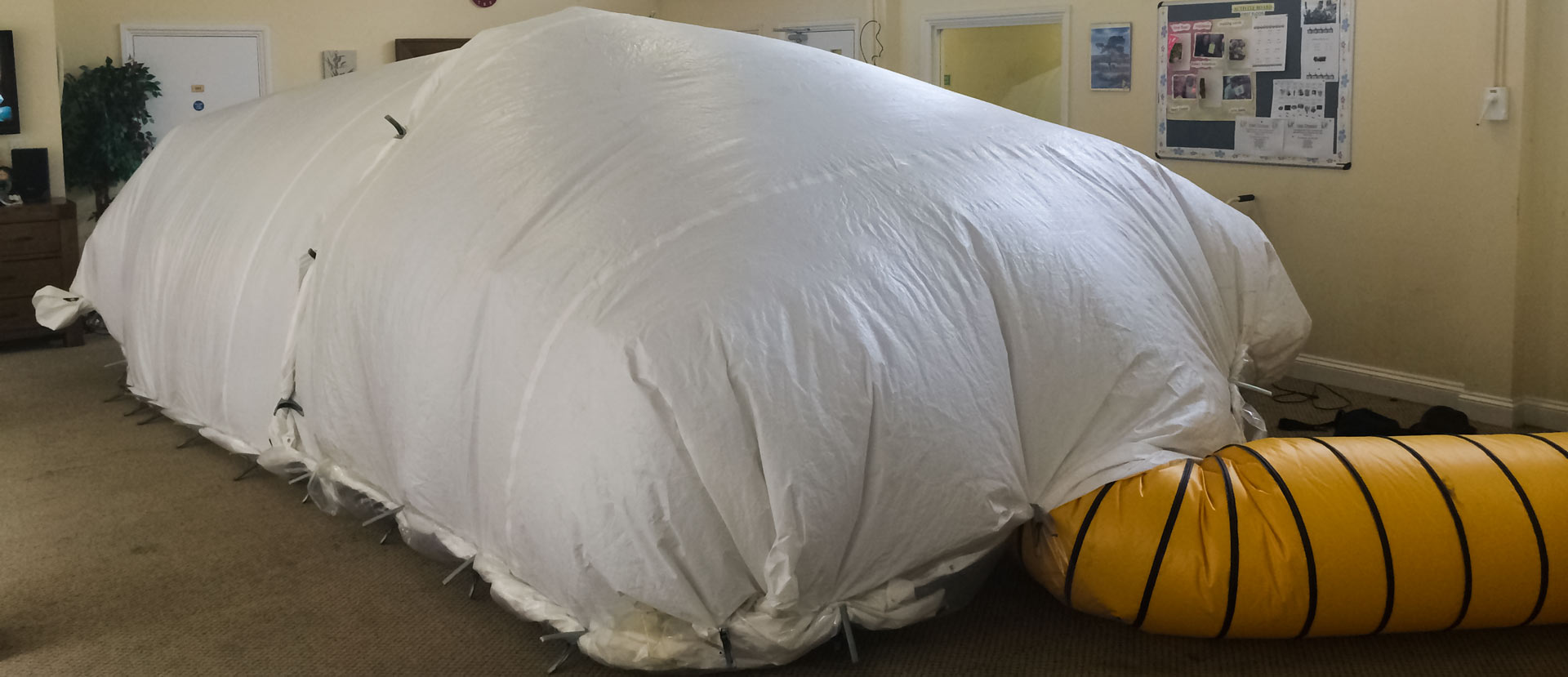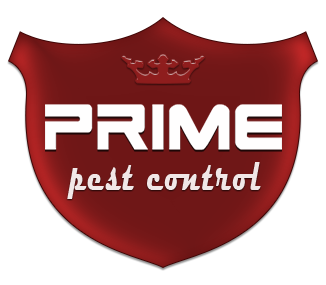Woodworm infestation

Woodworm infestations usually occur when wood drilling species of beetles lay eggs in wooden cracks and crevices in a building’s structure or furniture. The most common wood-boring beetles in the UK are the Common furniture beetle, the Deathwatch beetle, the House longhorn beetle, as well as the Powder post beetle. The newly hatched wood-eating larvae burrow deep in the wood, creating a maze of tunnels, which may seriously weaken and damage the timber in structures. Considering that the life cycle of the larvae may last up to 4 years without clear signs of its presence, woodworm control and extermination is even more challenging. Woodworm treatment is highly recommended for buildings with wooden beam structures, wooden floors and furniture. There are a few species of beetles, which are known to cause problems in London and the UK such as the common furniture beetle, death watch beetle, house longhorn beetle among others.
The first most obvious signs of a woodworm infestation would be any round holes, up to 2 mm across, in wooden structures and bore dust around the holes. Very often the tunnels that the woodworm drills underneath the floor causes the floorboards to creak and if the floor is wooden it may even crumble at some point. If you notice any beetles, larvae or eggs do not hesitate to get rid of them and call a professional pest control company to carry out an inspection.
If you book an inspection with us, one of our British Pest Control Association (BPCA) trained pest technicians will be able to quickly and effectively asses the problem, identify and locate the source of the woodworm infestation. Usually, when the adult beetles enter your property, they look for wooden structures and furniture that may have a problem with dampness, avoiding dry wood. You should consider that any lack of ventilation in roofs, attics and bathrooms will lead to excess of moisture and will create perfect conditions for the development of woodworm and other pest infestations.
Woodworm control
Woodworm larva

Prime Pest Control is a professional company dedicated to protecting residential and commercial properties from woodworm infestations across East, West, South and North London for many years. With our woodworm control service we offer low-cost targeted treatments, which will ensure complete extermination in the long-term. Prior to any type of treatment, there is a thorough inspection carried out by our woodworm experts, who have been extensively trained by the BPCA. After identifying the problem the pest technician will advise you on the best possible ways of extermination and post-treatment control.
In most of the cases, woodworms settle within wooden furniture, beams and other wooden structures in buildings with higher levels of dampness. If an infestation has developed within or underneath the floor, we may have to use fogging and fumigation techniques that will require the temporary removal of some of the floorboards, so that the pest technician can properly place the smoke bomb or machine underneath, achieve maximum efficiency. Still, one of the best ways to completely exterminate any kind of woodworm infestation in the building’s wooden structures or floor is fumigation with an insecticide. In the case of higher level of infestation, the whole property or furniture may be covered with a tent, which will ensure that the insecticide penetrates all wooden structures. A targeted heat treatment using a tent is also a very efficient woodworm removal method, completely exterminating all life stages of the woodworm, even dry rot, as well as other pest insects that may be present. Depending on the levels and complexity of the infestation we may also combine the heat with a low-toxic, human-friendly spray type of treatment, ensuring long-lasting poisoning effect of all life stages.
When it comes to woodworm infestation of furniture, it is essential that all possible cracks and crevices are thoroughly checked and properly treated afterwards. The methods that we use in such cases may involve fumigation, ultra low volume spray (ULV), surface spray, targeted heat with dry steam or hot air heat treatment against the woodworm and its larvae. The woodworm treatment will usually take from an hour up to few hours to complete, ensuring the long-term control and complete extermination of all life stages of the pest. In most cases of heat treatment or fumigation of the furniture infested our customers will not necessarily have to leave their house or flat. If the treatment is being carried out in a commercial property, we always ensure that the premises or the furniture treated will be ready for use directly after the treatment. As one of the best ways to exterminate woodworms in furniture, we favour the targeted woodworm heat treatment solutions combined with insecticide application, achieving high success rates of pest eradication of all life stages. With the heat and ULV or fumigation we should be able to preserve and save the treated furniture, which is one of the biggest advantages of this method.

About woodworms
Woodworms are the larvae of several species of wood-eating beetles. These insects prefer to settle within moist and humid wooden structures and furniture, where they can use cracks and crevices to lay their eggs. After hatching the larval stage begins. The larvae starts feeding on wood immediately, boring holes and tunnels all the way through. The larvae’s life cycle may last as long as 4 years and in most cases professional pest control and treatment will be necessary to get rid of this insect permanently.
Adult beetles do not feed on wood, unlike the larvae, but they are very picky when it comes to choosing wood for nesting. These beetles tend to avoid fresh and live wood as they prefer old and damp timber in old houses and structures. A woodworm infestation may not be visible until the fully-grown beetle drills out and exits a hole (1 to 1,5 mm in diameter) on the wooden surface. After emerging from the exit holes the adult beetle will eventually mate and look for new cracks and crevices associated with wood, where they will lay eggs and repeat the whole cycle again.
